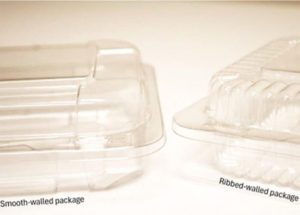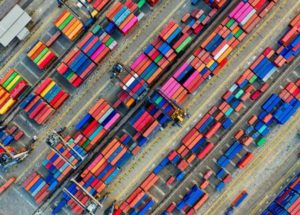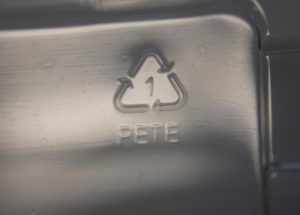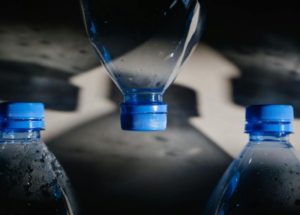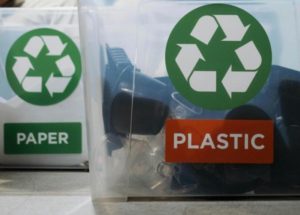Jul 11, 2025
How Would a Recession Affect the Plastics Industry?
At a Glance Demand drops across the board, hitting plastics tied to automotive, construction, and consumer goods first as the result of a recession impact. The whole supply chain slows, from resin orders to tooling, production, and shipping. Early recession signals appear in retail and construction before plastic sectors feel the squeeze. Smart strategies include […]
Read More +
Jul 09, 2025
Smooth-Walled vs. Ribbed-Walled Packaging: Which is Better?
At a Glance Ribbed walls = strength with less plastic, offering structural support and sustainability through material reduction. Smooth walls = premium look and clarity, boosting product visibility and shelf appeal. Switching to smooth may increase cost or thickness unless design is optimized for balance. Best choice depends on product and positioning: ribbed for value/bulk […]
Read More +
Jul 07, 2025
The Business Case for Recycling Stream Knowledge
At a Glance Know the stream, not just recyclability — understanding whether packaging enters single-stream or dual-stream recycling affects actual recovery rates. Plastic types 1, 2, and 5 are key — PET, HDPE, and PP need proper sorting to avoid contamination in recycling plants. Modern sorting tech matters, but consumer behavior (and contamination) largely determines […]
Read More +
Jul 02, 2025
Will Potential Tariffs Affect the Prices of Raw Materials for Plastic Food Packaging?
At a Glance PET pricing stays stable due to global surplus and steady MEG supply, though PTA could face pressure from potential tariffs. PP is domestic and resilient, with strong U.S. production and minimal import reliance. Tariffs may still hit tooling, molds, and equipment, so raw materials aren’t the only concern. Best moves: audit your […]
Read More +
Jun 30, 2025
These Are the Best Recycling Practices for Food Industry Heroes
At a Glance Master recycling codes: Recycle food-grade plastics (#1, #2, #5); avoid polystyrene and mixed plastics. Prep simply but smart: Light rinse only; leave caps, labels, and rings on. Optimize for equipment: Compress containers; keep small items attached so they don’t get thrown out. Know your local MRF: Understand nearby recycling tech and systems […]
Read More +
Jun 27, 2025
What Do Those RIC Symbols on the Bottom of Packaging Mean?
At a Glance RIC numbers (1–7) identify plastic types, not recyclability — e.g., “1” means PET, “2” means HDPE, “5” means PP. Symbols help sort plastics, so recyclers know what material they’re handling — not an assurance your local program recycles it. Consumer confusion is common — many mistake RIC for a recycling promise, leading […]
Read More +
Jun 25, 2025
Food Packaging Bids: Insider Strategies for Suppliers and Retailers
At a Glance Build trust through transparency in the bidding process: clearly share specs, costs, and margins to speed up decisions. Standardize bid formats: use a consistent template so suppliers and buyers compare apples to apples. Flexibility wins: offer multiple pricing tiers, volume discounts, and alternative materials. Post-bid follow‑through matters: provide samples, stay engaged, and […]
Read More +
Jun 23, 2025
Do You Know What Happens to Your Recycling When It Gets Picked Up from the Curb?
At a Glance Understand the recycling process: Curbside pickup → MRF sorting (optical, mechanical, manual) → cleaned and processed materials. Single-stream vs. dual-stream affects contamination and sorting efficiency. Prep right: rinse lightly, remove hazardous items, and don’t bag recyclables. Tailor packaging to local systems: know what your regional MRF accepts and educate customers accordingly. “Reduce. […]
Read More +
Jun 20, 2025
Do PET Post-Consumer Recycled Materials Contain PFAS? What Our Testing Revealed
At a Glance Post-consumer recycled content can be PFAS‑free — lab tests on PET with 10–100% PCR showed no detectable PFAS, easing health concerns. PFAS fears may be overstated, as contamination didn’t appear despite theoretical worries. Ongoing testing and supplier checks are key to maintaining safety as recycling processes evolve. Sustainable + safe = possible […]
Read More +
Jun 18, 2025
The Truth About Plastic Food Packaging Sustainability
At a Glance Plastic food packaging sustainability hinges on life-cycle impact: efficient production offsets heavier alternatives like glass or metal. Plastic outperforms heavier materials in CO₂e when accounting for weight, transport, and food waste prevention. Microplastics aren’t a major source from packaging, unlike textiles or paints. Beyond recycling: strategies like eco-design, circular systems, producer responsibility, […]
Read More +


